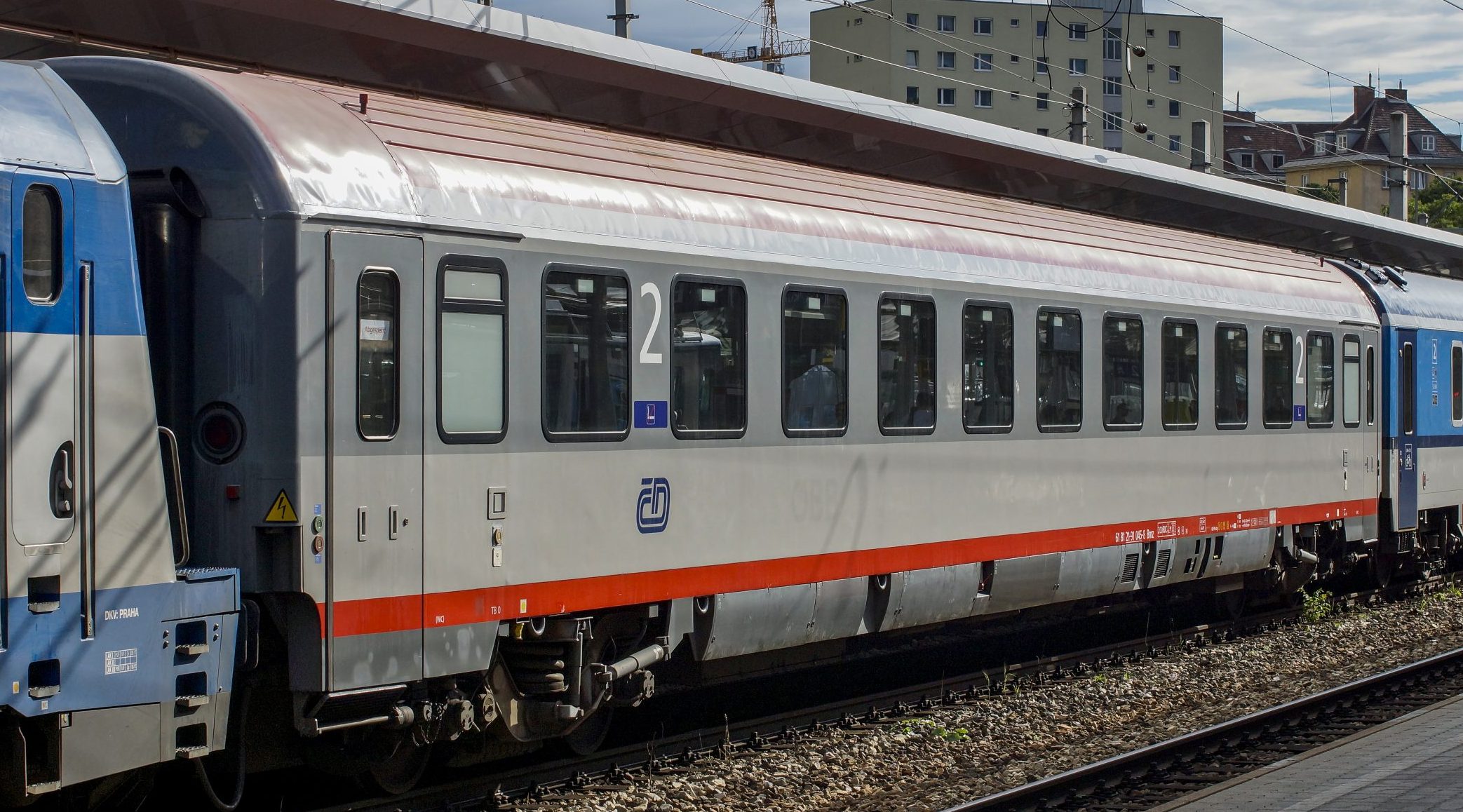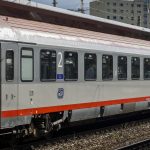In short: a mixture of seating cars, couchette cars, mini-compartments and sleeping cars. Space for bicycles. Accessible for people with reduced mobility. And able to run at speeds of up to 200km/h on standard gauge lines in Europe. Hauled by a locomotive.
And that’s about it.
OK, it is a little bit more complicated than that. And there is more about the classes of accommodation a night train would need on this page. And each train would have 7 carriages (meaning you can couple 2 of them together, and still fit them into most of Europe’s stations).
Some railways run regular daytime trains that only have seats on overnight routes – for us those are not real night trains, and hence are not included in our plans here. Sitting up all night is not an option for the vast majority of travellers!
As for technical requirements of a proper night train, here goes…
If you have ever travelled by train in Europe – from France to Poland, from Netherlands to Bulgaria – you will have seen carriages that look a lot like this:

Standard length, standard width, standard height, standard maximum speed (200km/h). Versions exist for both daytime and night time trains. All you need is a standard gauge track to run them on, and a compatible locomotive to haul them. You can run carriages like this anywhere from the article circle in Norway to the south of Italy, or from the Netherlands as far as Istanbul.
Sure, there are some limitations. Speeds in some parts of Europe (the high speed lines in France, Spain, Italy for example) cannot be used by these carriages – higher speed trains are needed for those lines, but you can use older lower speed lines instead. And speed is not so important for a night train anyway, with trip times of 12-14 hours possible. These trains are a bit of a problem in terminus stations (like München Hbf or Roma Termini) as you have to run the locomotive around to the other end to depart again. How to overcome some of these problems can be found on the additional features page.
In short: the basic model is proven. It is reliable. It is flexible. There are numerous manufacturers of these carriages in Europe, and no shortage of locomotives to haul trains like these. In fact the most extensive international night train network in Europe – ÖBB’s NightJet – does exactly this at the moment. 200km/h carriages, locomotive hauled.
The problem is that there are not enough carriages like this available right now to step up the provision of night trains. There are none spare hanging around somewhere, ready to run new night train services, and converting daytime trains to night trains is complex as well – more on that here.
That’s the whole reason why the Trains for Europe project exists – procuring new night train stock is the best solution right now.
Photos used on this page
 Bjarne Kosmeijer
Bjarne Kosmeijer
ČD 380 020 met EuroNight Metropol
November 7, 2018
License: Attribution-NonCommercial-NoDerivs 2.0 Generic (CC BY-NC-ND 2.0)

Albert Koch
Eurofima CD Wien
June 24, 2015
License: Attribution-NoDerivs 2.0 Generic (CC BY-ND 2.0)
